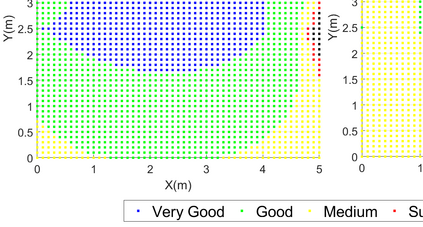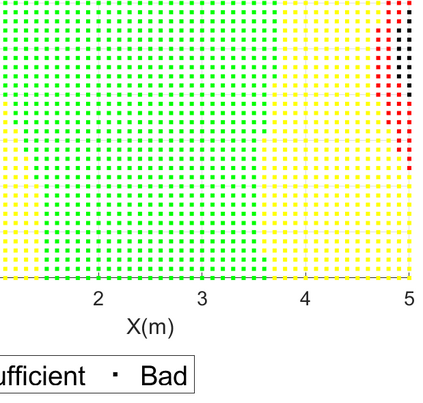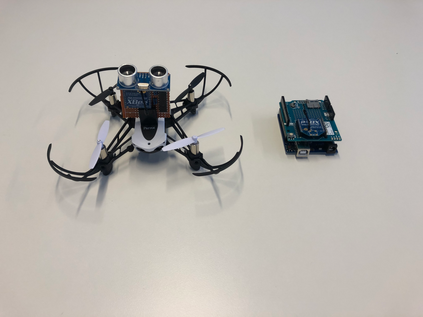In many scenarios, unmanned aerial vehicles (UAVs), aka drones, need to have the capability of autonomous flying to carry out their mission successfully. In order to allow these autonomous flights, drones need to know their location constantly. Then, based on the current position and the final destination, navigation commands will be generated and drones will be guided to their destination. Localization can be easily carried out in outdoor environments using GPS signals and drone inertial measurement units (IMUs). However, such an approach is not feasible in indoor environments or GPS-denied areas. In this paper, we propose a localization scheme for drones called PILOT (High-Precision Indoor Localization for Autonomous Drones) that is specifically designed for indoor environments. PILOT relies on ultrasonic acoustic signals to estimate the target drone's location. In order to have a precise final estimation of the drone's location, PILOT deploys a three-stage localization scheme. The first two stages provide robustness against the multi-path fading effect of indoor environments and mitigate the ranging error. Then, in the third stage, PILOT deploys a simple yet effective technique to reduce the localization error induced by the relative geometry between transmitters and receivers and significantly reduces the height estimation error. The performance of PILOT was assessed under different scenarios and the results indicate that PILOT achieves centimeter-level accuracy for three-dimensional localization of drones.
翻译:在许多情况下,无人驾驶飞行器(无人驾驶飞行器)、无人驾驶飞机(无人驾驶飞行器)、无人驾驶飞机(aka无人机)需要具备自主飞行能力才能成功执行任务。为了允许这些自主飞行,无人驾驶飞机需要随时了解其位置。然后,根据目前位置和最终目的地,将生成导航指令,无人驾驶飞机将引导到目的地。在户外环境中,使用全球定位系统信号和无人驾驶惯性测量单位(IMU)可以很容易地进行本地化。然而,在室内环境或全球定位系统封闭的地区,这种方法并不可行。在本文中,我们提议了称为PILOT的无人驾驶飞机(高级室内自控无人机高度定位)的本地化计划,该计划是专门为室内环境设计的。然后,PILOT依靠超声声音响信号来估计目标无人驾驶飞机的位置。为了精确地估计无人驾驶飞机的位置,PILOT部署了一个三阶段的本地级和地平偏误差。PILO的精确度技术在地理轨道上大幅降低当地误差率,在PILO的地面和地面测算机水平下大幅降低当地误差。














